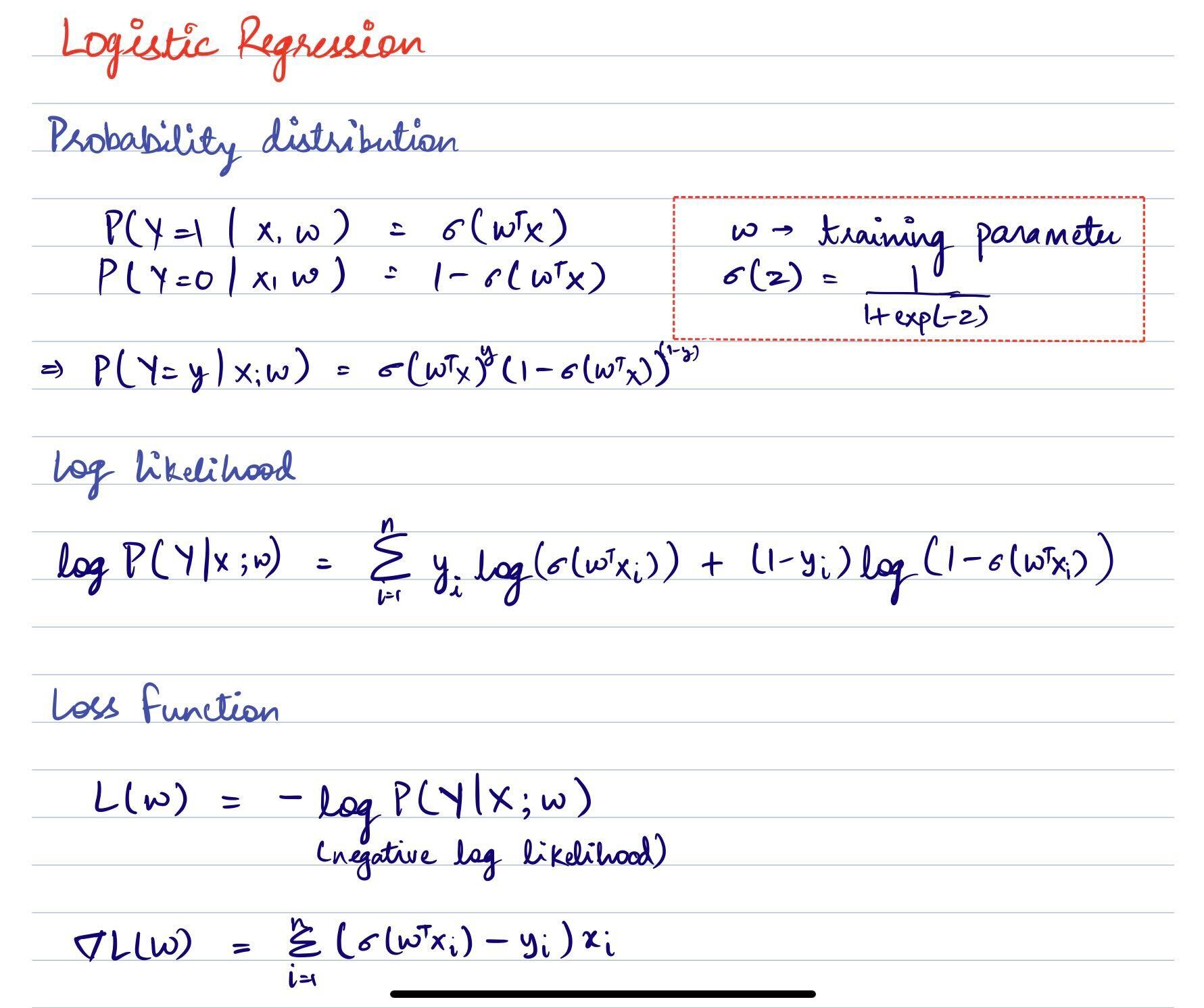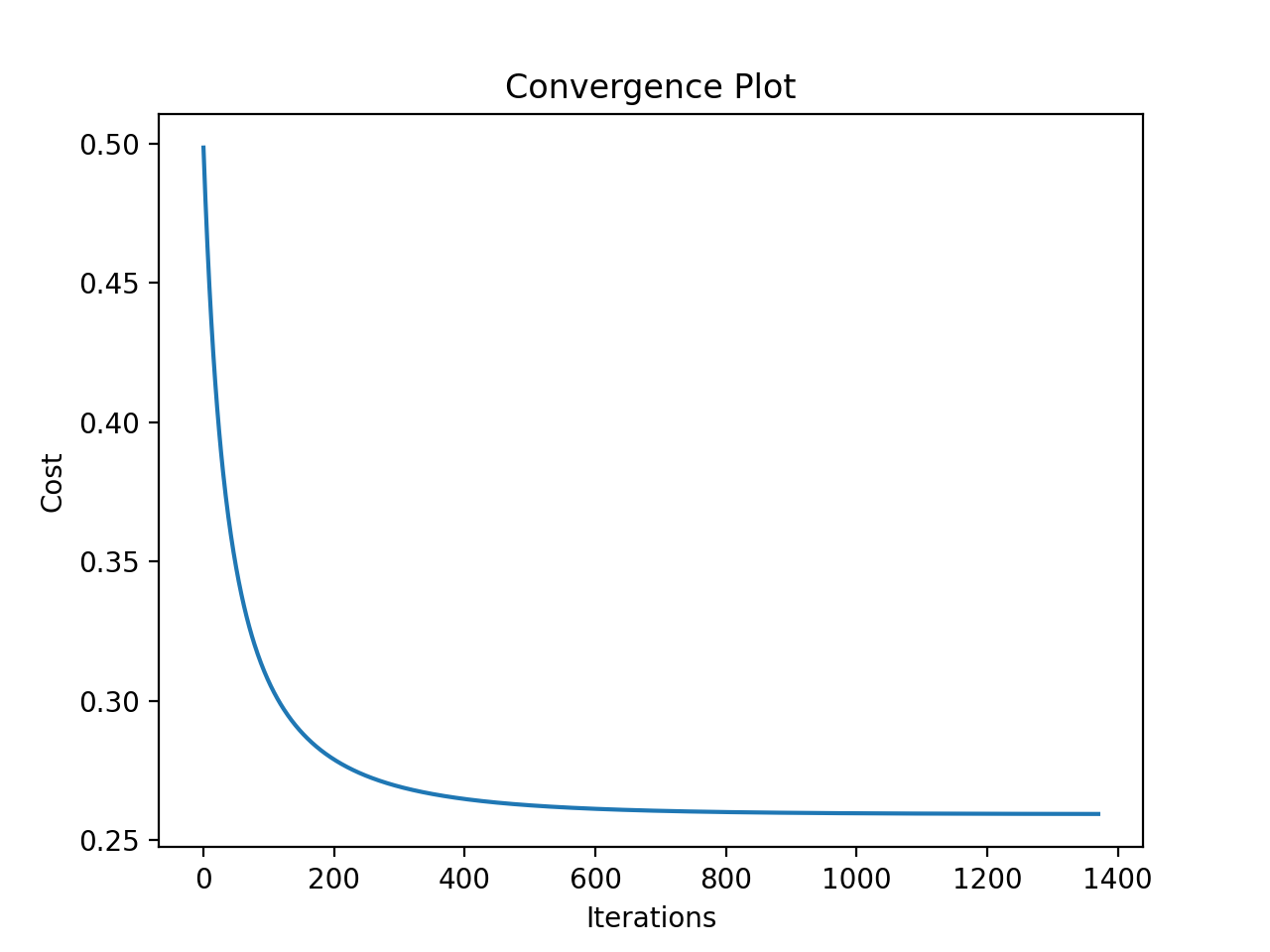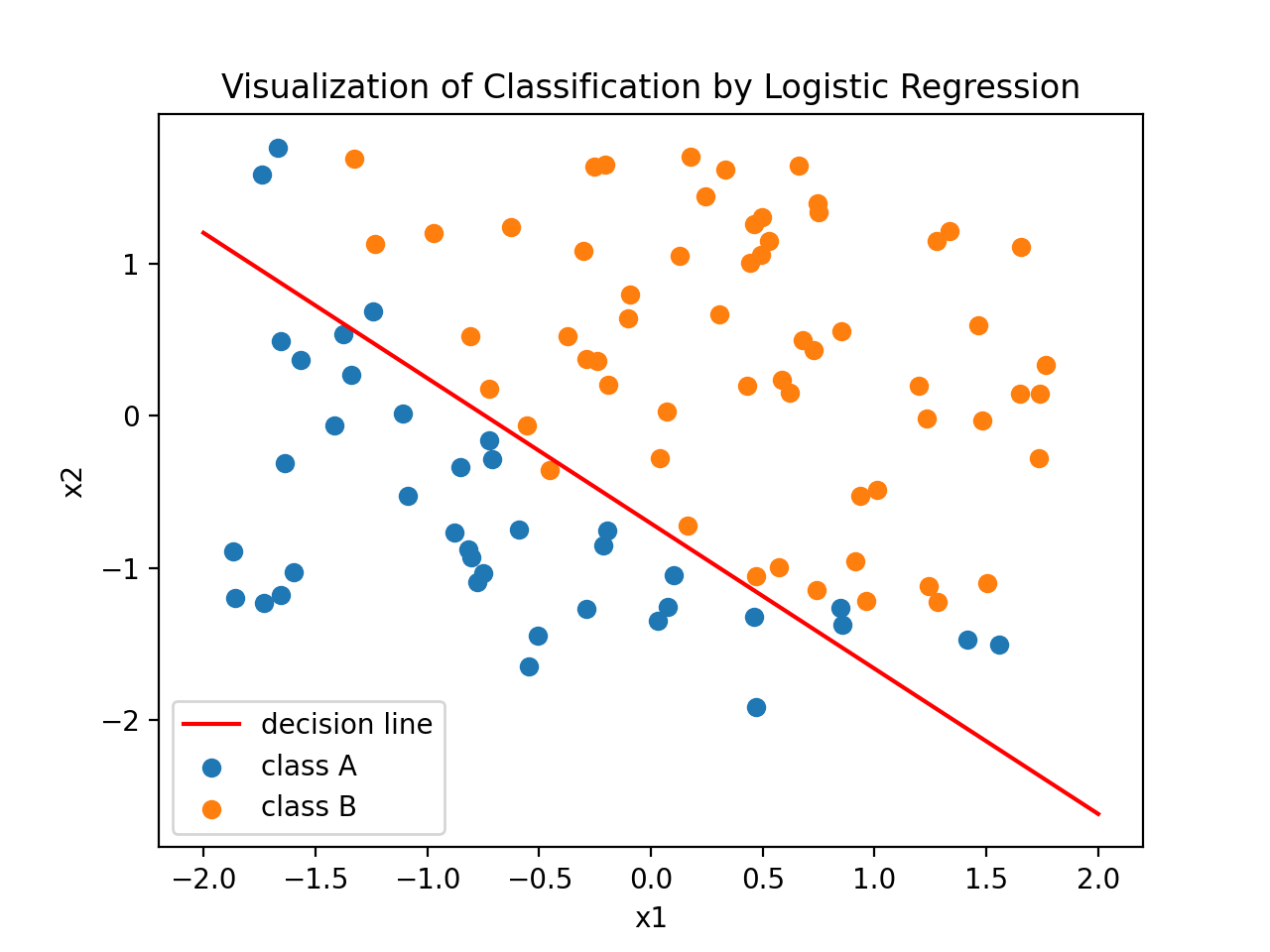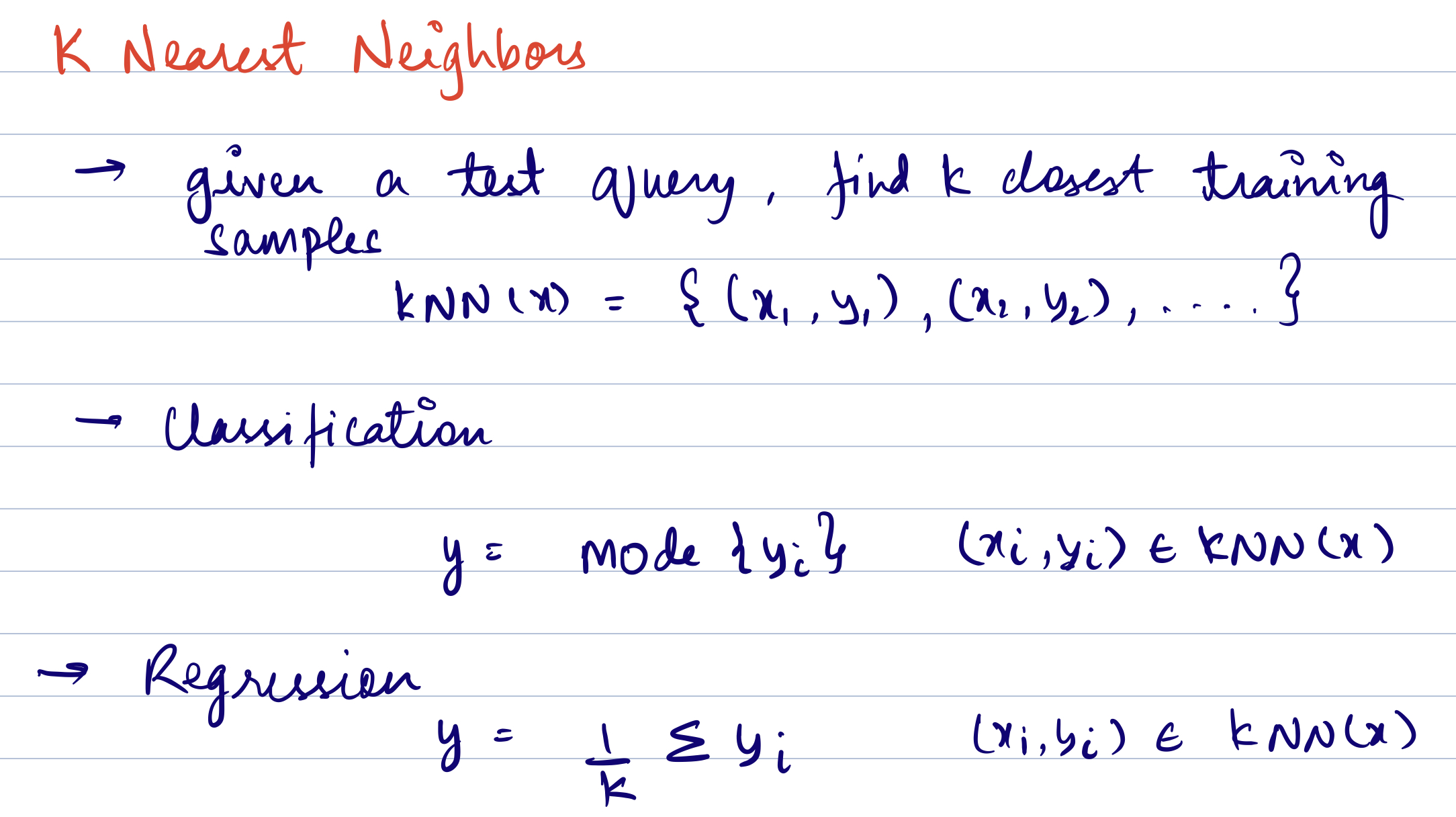Implementation of widely used ML techniques from scratch
keywords : classification, supervised learning, discriminative model, non-linear, gradient descent.
Opposed to its name, logistic regression is a supervised learning algorithm used for classification.
- This file contains the implementation of a binary class logistic regression algorithm.
- The algorithm uses binary cross-entropy loss function. The loss function and its gradient implementation can be found here.
- Since it is a non-linear formulation, there is no closed form solution and descent methods are used to get to the loss function minimizer. It's worth mentioning here that the model itself is linear
Left: Convergence of loss function value, Right: Discriminator learned from training data.
Pros
- Easy to implement and understand.
- Doesn't overfit easily.
- No assumptions about the distribution of data (discriminative).
Cons
- It has linear decision surface.
- What is the nature of the decision boundary produced by logistic regression? Linear or non-linear?
- Why is MSE not suitable as cost function for logistic regression?
keywords : classification, regression, supervised learning, non-parametric
K-nearest neighbors algorithm predicts a lable/value by voting amongst the k closest neighbors to the point in question. In classification the most frequent label is considered and in regression an average is taken. There are two hyperparameters to be decided - k and distance metric (l2 norm, l1 norm etc.). k acts as a smoother.
- This file consists the implementation of knn using l2 (euclidean) norm.
- For each test data point, the algorithm has to calculate distances from all the training samples.
Pros
- Intuitive
- Easy to implement
- Minimal hyperparameters
Cons
- Computationally expensive
- Sensitive to outliers
- Doesn't perform well on imbalanced data
- Curse of dimensionality
- How to decide on the k value? Would you prefer an odd or an even value?
- Would decision boundary change with varying distance metrics?
- How is the value of k related to bias-variance tradeoff?
- KNN vs QDA?
- How does test and train error vary with increasing k?
- What would be the training error for k=1?
keywords : regression, supervised learning, parametric
Probably the most common regression technique out there.
- This file implements the non-regularised solution to least squares using both gradient descent and closed form solution.
keywords : NLP, embeddings
Bag of Words is a type of text analysis technique used to look at the frequency of words used in a given text. It is commonly used in natural language processing (NLP) and data mining applications. The technique involves creating a histogram of all the words in a given text, disregarding the order and structure of the words. This is why it is called a Bag of Words.
A simple implementation of BoW can be found here
Cons
- As the corpus gets bigger, dimension of feature vector also increases. This eventually leads to the phenomenon of curse of dimensionality.



